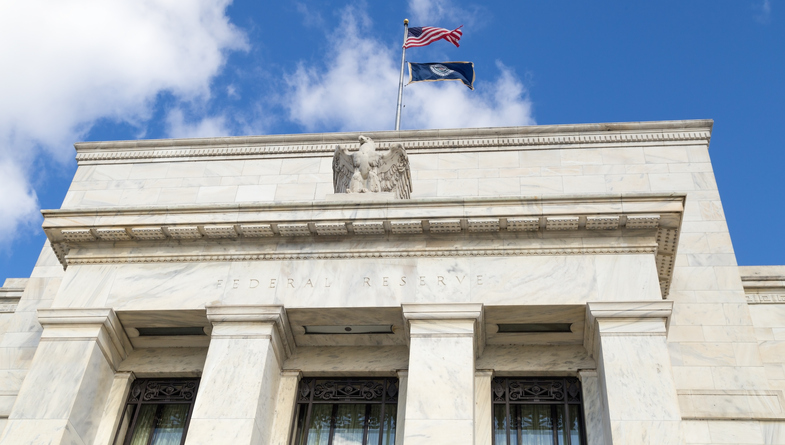The Markets – The S&P 500 index finished the month positive, inching up 2.87% leaving it at a year-to-date gain of 1.18% while the Dow was positive 2.03% for the month yet remained in negative territory year-to-date at (1.23%), according to the Wall Street Journal.
Geopolitical issues may explain why recent earnings strength hasn’t driven stocks higher. The good news is that the traditional drivers of stock markets—economic growth and corporate earnings—remain solid. With a majority of the S&P 500 Index companies already reporting earnings, nearly 79% beat analyst estimates. So, what is holding the market back? Some investors worry a late-cycle inflation surge will prompt the Fed to raise rates more aggressively, killing the U.S. economic recovery.
One bright side is that strong earnings growth and a lack of price movement has already created a healthy valuation reset. At its peak on January 26, the market was trading at a 15-year high forward price-to-earnings ratio (P/E) of 18.50 times earnings. Since then, the corrective phase of the markets and the strong earnings growth have brought the market’s P/E down to 16.25x, a 12% reduction that puts the valuations back in line with long-term averages. This valuation reset may deepen in the coming months as investors wait for the geopolitical fog to clear. In our view, any further improvement in valuations against a backdrop of record earnings growth could provide fuel for greater market upside in the future.
Washington – As we head into the midterm elections; all 435 seats in the United States House of Representatives and 35 of the 100 seats in the United States Senate will be up for grabs. Again, the headlines will read; “The 2018 elections are going to be the most important midterms in a generation! They may well be. We encourage everyone to get into the conversation, get informed, and go vote.
The Economy – The risks of a global trade war and a worsening U.S. budget deficit could trigger volatility for stocks and bonds particularly in late 2019—especially when rising interest rates are factored in. Investors have embraced the “inflation is back” theme with gusto, driving the yield on 10-year U.S. Treasury notes above 3% last week off the back of higher inflation expectations. But some investors worry that surging inflation late in the economic cycle will prompt the Fed to raise rates more aggressively, killing off the recovery.
Take a deep breath, everyone. The economic recovery isn’t in immediate danger of being scuttled by the Fed—there are enough disinflationary pressures to help keep the central bank from increasing rates no more than three—or maybe four—times this year. Back in the 1950s, most U.S. consumption involved goods, but now it’s mainly services, particularly low-wage, low-hour sectors such as restaurants and shops. That means new jobs tend to be at the lower end of the pay scale. Demographics are also holding down wages as retiring baby boomers are replaced by younger, cheaper workers. There’s a glut of cheap labor globally as well, which counteracts upward pressure on wages in developed markets. Additionally, technological innovation and automation continue to contain wage inflation. Finally, let’s not forget about the dollar. There is downward pressure on inflation as the dollar continues to strengthen.
We could not ignore the prevailing headlines of a U.S.-China trade war. Widespread tariffs from a U.S.–China trade war could push up some input costs, but this would only marginally feed through into overall price inflation. Tariffs would also drag on U.S. competitiveness and growth, which would put downward pressure on prices.
There are legitimate reasons to expect inflation in the U.S. to accelerate in the next two years, but the American economy is hardly burning the house down, and overheating. A slow, steady rise should be cause for celebration—it means this economic recovery should still have legs.
Have a question? Let me know! Email me at kcompton@wsmtexas.com.

